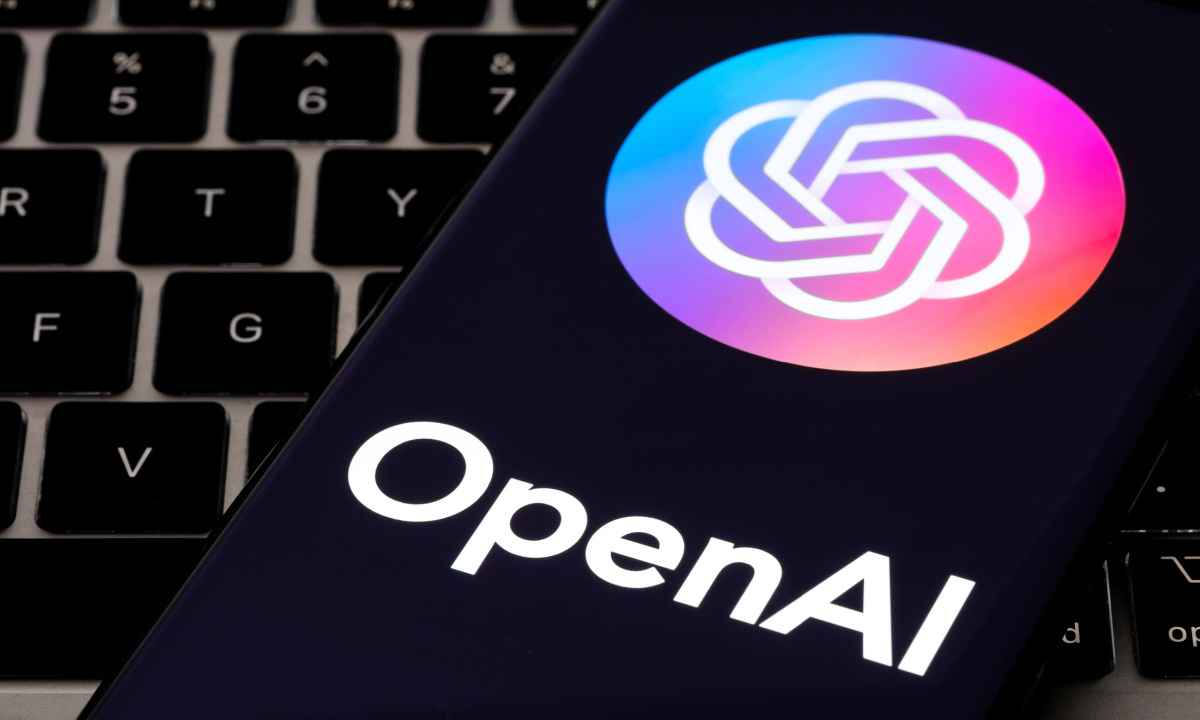OpenAI Launches Text-to-Video Model Sora
Keskeiset käsitteet
OpenAI introduces Sora, a text-to-video model, aiming to simulate the physical world in motion and assist users in problem-solving through AI-generated videos.
Tiivistelmä
OpenAI has unveiled Sora, a text-to-video model capable of creating one-minute videos based on user prompts. Sora can generate complex scenes with multiple characters and specific motions, understanding both user requests and real-world physics. The model can create videos from single images, extend existing videos, or fill in missing frames. OpenAI acknowledges Sora's imperfections in synthesizing complex scenes and comprehending cause and effect. The company is actively working on safety measures by collaborating with domain experts to detect misleading content generated by Sora.
Mukauta tiivistelmää
Kirjoita tekoälyn avulla
Luo viitteet
Käännä lähde
toiselle kielelle
Luo miellekartta
lähdeaineistosta
Siirry lähteeseen
www.pymnts.com
OpenAI Unveils Text-to-Video Model Called Sora
Tilastot
Sora can create videos up to one minute long based on text prompts.
The model can generate complex scenes with multiple characters and specific types of motion.
OpenAI is working on safety measures to detect misleading content generated by Sora.
Lainaukset
"We’re teaching AI to understand and simulate the physical world in motion." - OpenAI
"Sora is able to generate complex scenes with multiple characters, specific types of motion, and accurate details." - OpenAI
Tärkeimmät oivallukset
by klo www.pymnts.com 02-15-2024
https://www.pymnts.com/news/artificial-intelligence/2024/openai-unveils-text-to-video-model-called-sora/
Syvällisempiä Kysymyksiä
How might the introduction of the Sora text-to-video model impact the future of content creation?
The introduction of the Sora text-to-video model could revolutionize content creation by providing a faster and more efficient way to generate video content. Content creators can use Sora to bring their ideas to life visually without needing extensive video production skills or resources. This could lead to an increase in the volume of video content produced, as well as greater diversity in styles and formats. Additionally, Sora's ability to understand complex scenes and simulate physical interactions opens up new creative possibilities for storytelling and visual expression.
What potential ethical concerns could arise from using AI models like Sora for video generation?
Using AI models like Sora for video generation raises several ethical concerns. One major issue is the potential for misuse, such as creating deepfake videos that spread misinformation or manipulate public opinion. There are also concerns about bias in the training data used to develop these models, which could result in discriminatory or harmful representations in generated videos. Privacy is another key concern, as sensitive information or personal images could be inadvertently included in generated videos without consent. It is crucial to address these ethical considerations through robust guidelines, oversight mechanisms, and transparency measures when deploying AI models like Sora.
How can advancements in AI technology like ChatGPT's memory feature influence human-machine interactions in various industries?
Advancements in AI technology like ChatGPT's memory feature have significant implications for human-machine interactions across industries. By enabling chatbots to remember details from previous conversations, users can experience more personalized and contextually relevant interactions with machines. In customer service settings, this capability allows chatbots to provide more tailored assistance based on past inquiries or preferences. In healthcare, chatbots with memory features can track patient histories and treatment plans efficiently. Moreover, this advancement enhances user engagement by fostering continuity and coherence in conversations with AI systems across different touchpoints and channels within industries.
0
